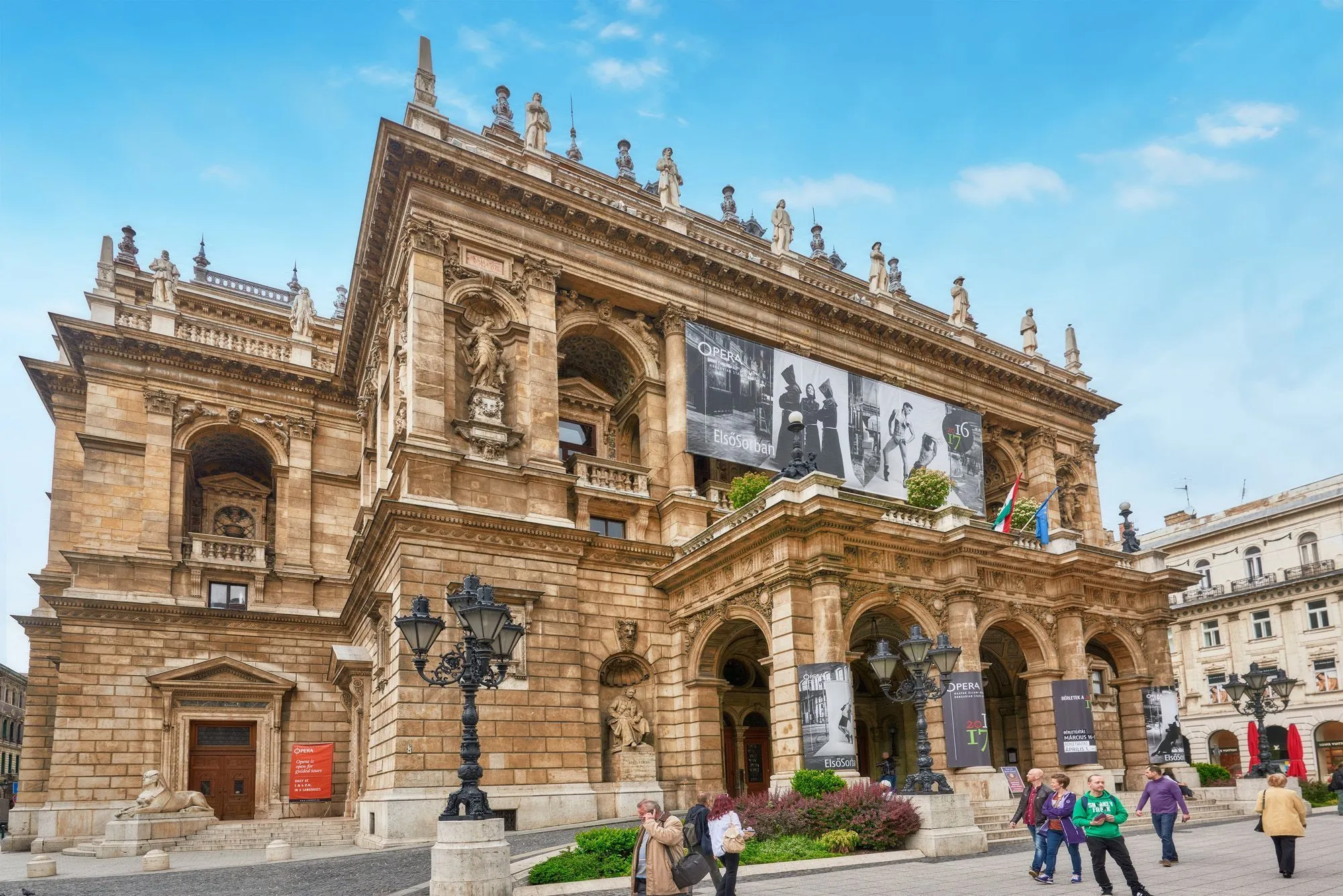
Budapest’s Opera House: A blend of art and music
Discover the history and architecture of the Budapest Opera House.
O
C
Ready for a night of music and glamour? Step into the Hungarian Royal Opera House, one of the most beautiful buildings in Budapest’s District V. Widely considered a masterpiece throughout the world, its architecture and grandeur are without competition. Constructed in the 19th century at the height of the Austro-Hungarian Empire, today it stands as a gorgeous testament to the enduring power of music and dance in influencing culture. Let’s step inside to explore the history and architecture and find out how you can discover more one of the most important monuments in Budapest.
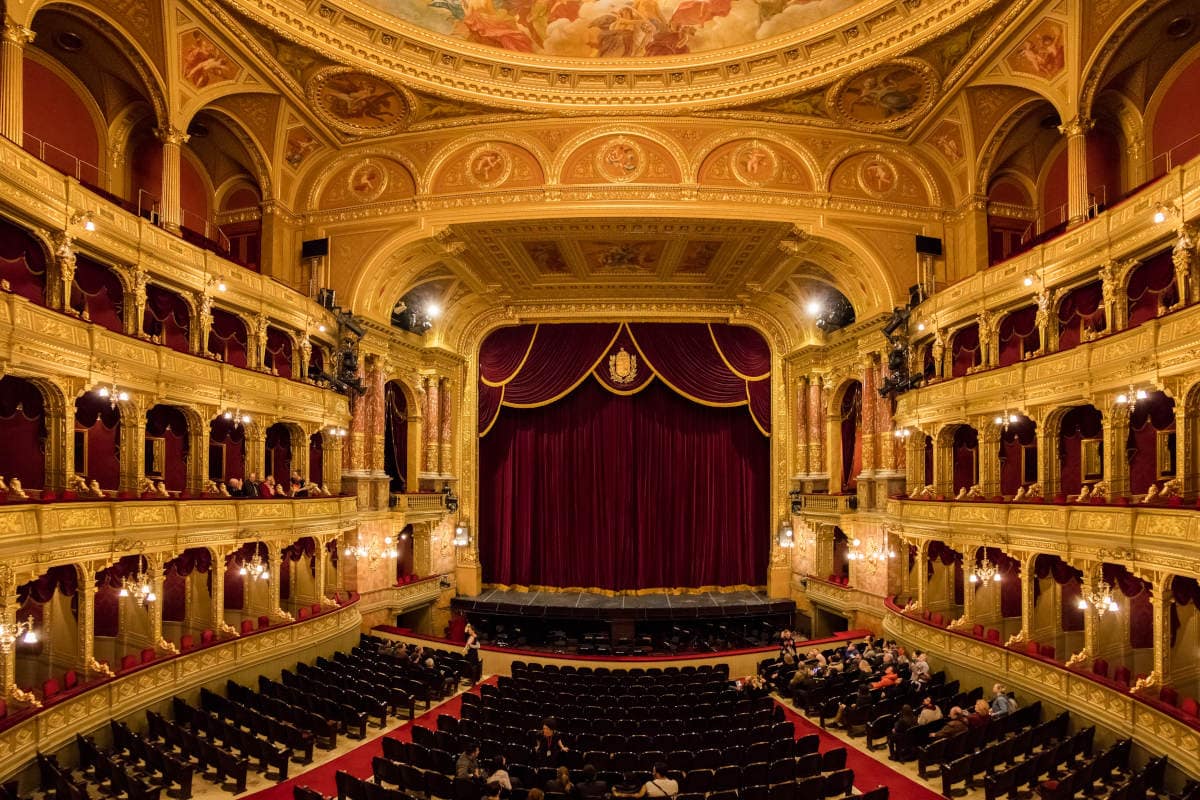
History of Budapest’s opera house
In 1884, Budapest set about designing an opera house to compete with Vienna’s. Franz Joseph I put the power and wealth of the Austro-Hungarian empire behind the project, but the true star was Miklós Ybl, a well-known architect at the time. Having already designed the Castle Bazaar and Royal Gardens of Buda Castle, he took great pride in overseeing the construction of what was to become Europe’s greatest opera house. Without a doubt, it is Ybl’s masterpiece.
Beginning in 1875, constructing the opera house was no easy task. Ybl’s design demanded immense marble columns, a vaulted ceiling, a winding staircase and floors of delicately carved archways. When it opened in 1884, the public were welcomed to a main hall covered in murals and frescos and illuminated by a massive bronze chandelier. Ladies showed off their gowns on the double-grand staircase and guests admired the many statues of famous musicians and opera singers.
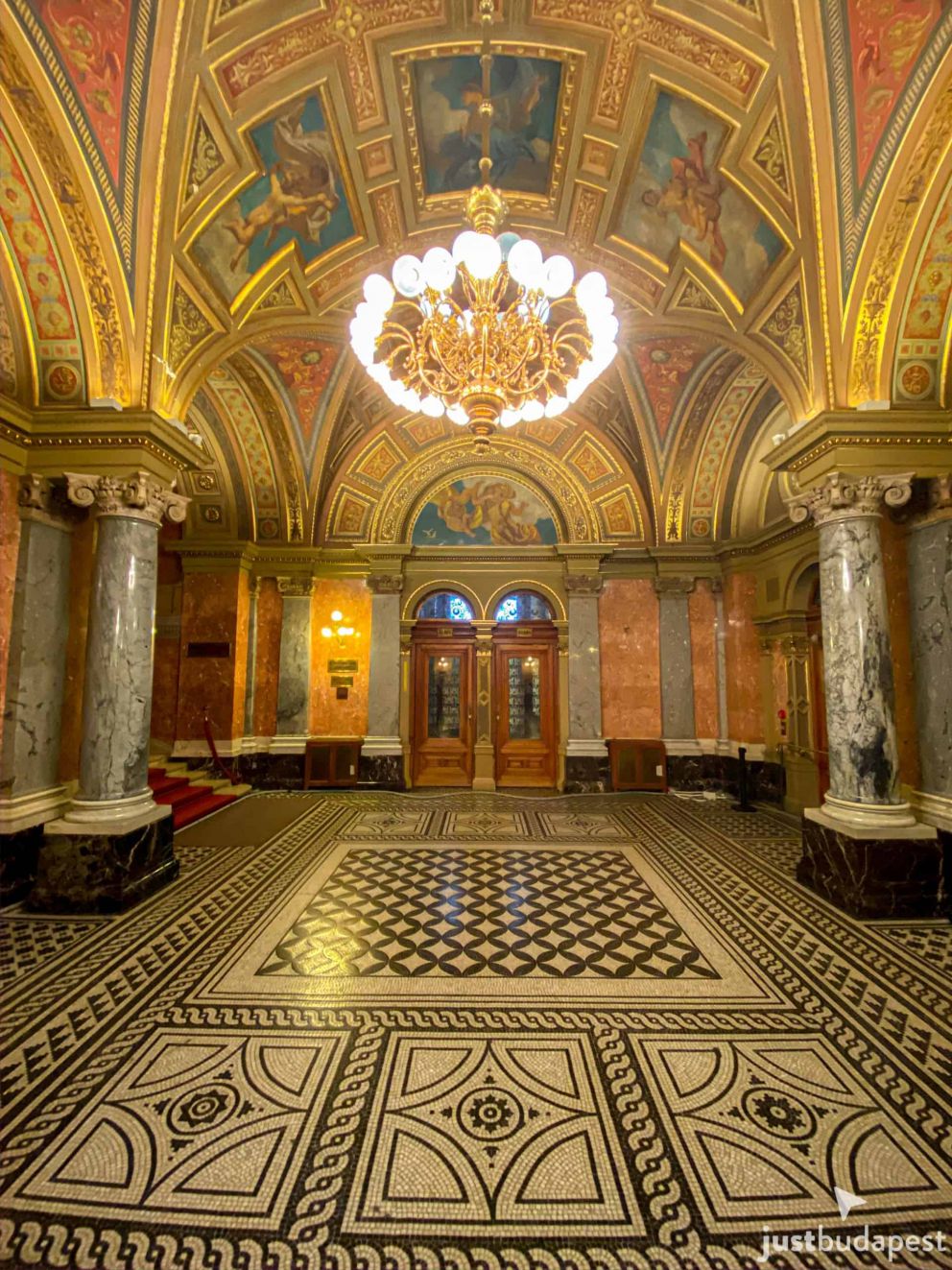

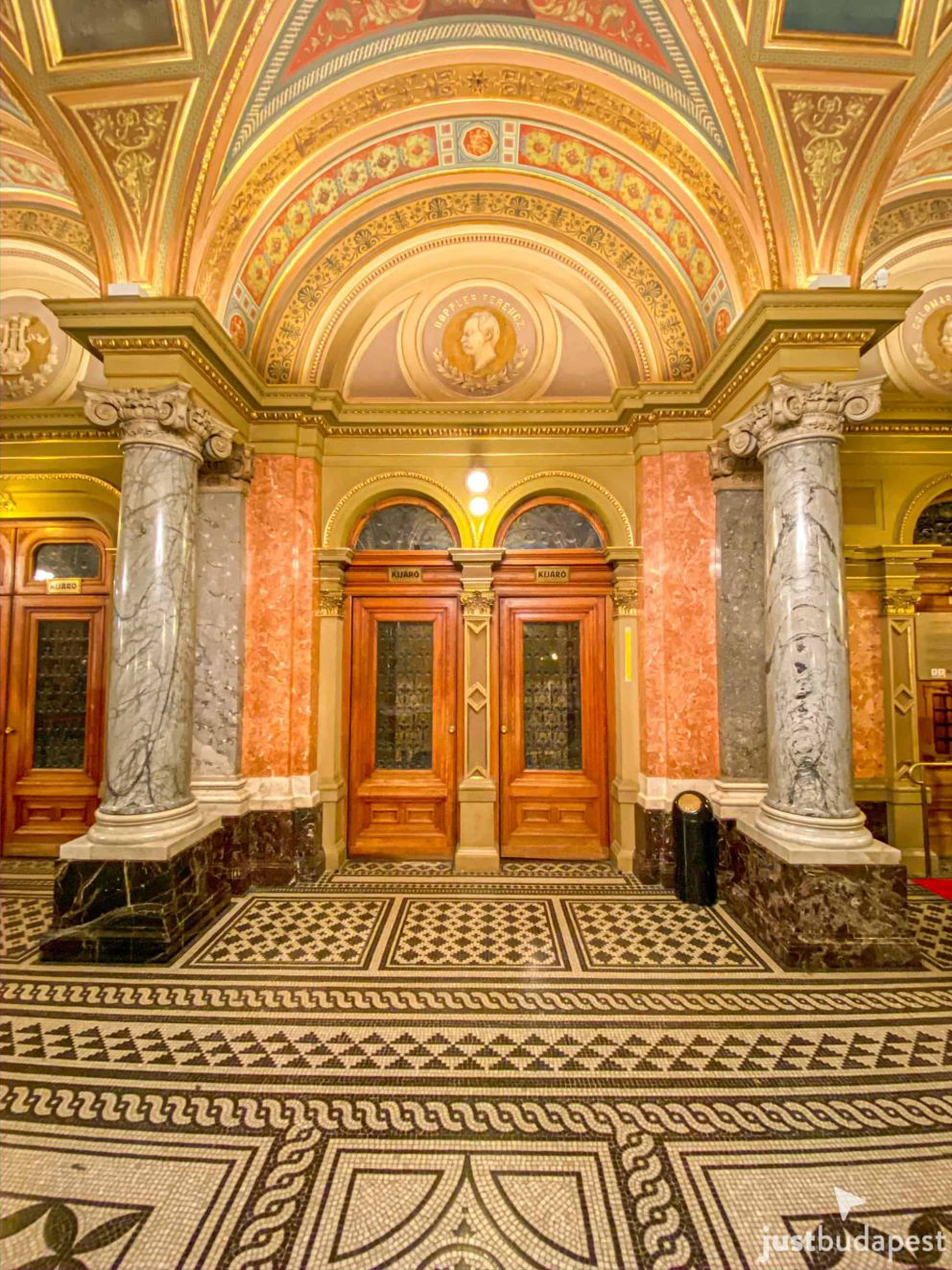

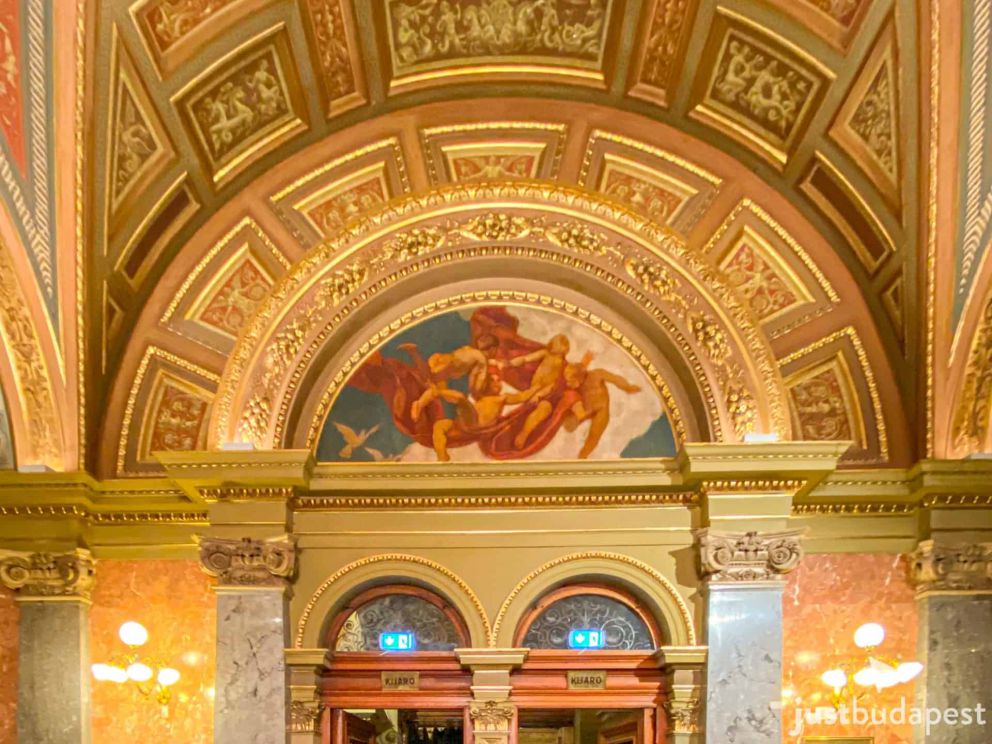
Since the grand opening, the opera house has been visited by many famous opera singers, including Placido Domingo, as well as leading ballet dancers and conductors.
The pinnacle of neo-renaissance
Standing at 3-stories high, the Hungarian State Opera House is a multi-layered work of art on Budapest’s Andrássy út. It features many different styles of architecture, from Baroque to Renaissance Revival. As you step inside, be sure to say hello to the statues of two of Hungary’s greatest composers – Ferenc Erkel, composer of the Hungarian national anthem, and Franz Liszt, arguably one of the greatest pianists of all time. You’ll also walk past the imposing figures of two massive stone sphinxes guarding the entrance.
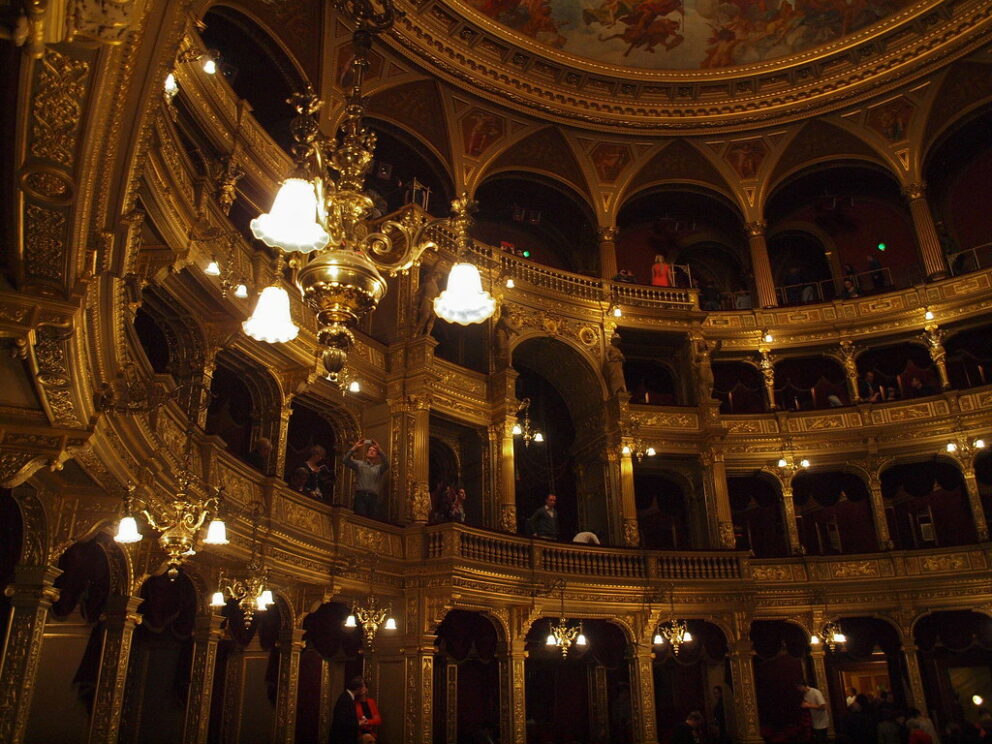
Once inside, you’ll enter the great hall, and ascend the double-grand staircase beneath towering marble columns and archways. You’ll find yourself surrounded by classical art – frescoes, Greek mosaics and murals of the Nine Muses, all done in a stunning flurry of color. Then you’ll find yourself in the horseshoe-shaped auditorium, an awe-inspiring room of red velvet and gold leaf. Above, Karoly Lotz’s fresco of Olympus and the Greek gods floats like an image of heaven around the golden chandelier.
How to visit
Historically known for its near perfect acoustics, the Hungarian state opera house is considered one of the best concert halls in all of Europe and it’s well worth a visit. You have your choice of 50 different operas and ballets performing from September to mid-June, such as Puccini’s Madame Butterfly or Verdi’s Don Carlo. For a full list of performances, see the Opera House schedule. For the best seats in the house, book a gallery seat in the middle or a front-row box to see most of the stage.
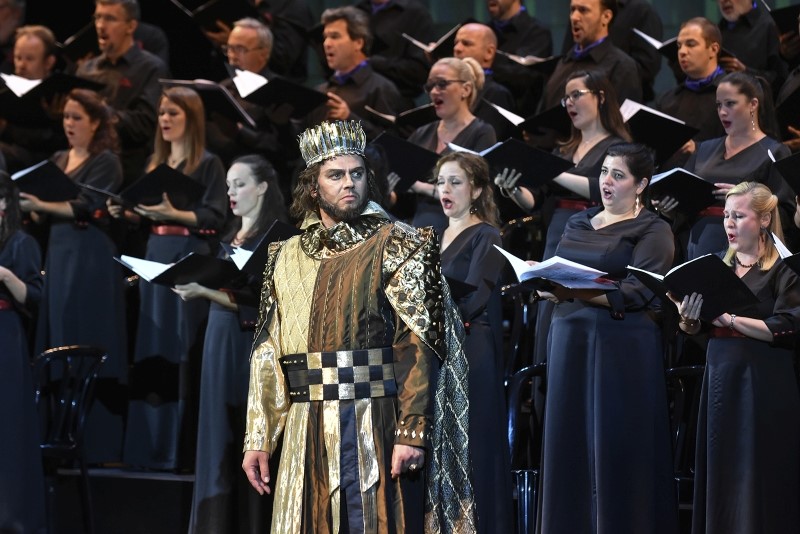
Tip:
See the opera house during a Hop on – Hop off bus tour, where an expert guide will walk you through the history of this stunning building.
Q & A
- When was the Budapest Opera House built?
- The Budapest Opera House opened in 1884, at the height of the Austro-Hungarian empire.
- Who designed the Budapest Opera House?
- Miklos Ybl designed the Budapest Opera House, a well-known architect at the time who also designed the Castle Bazaar and Royal Gardens of Buda Castle.
- What is the architectural style of the Budapest Opera House?
- The Budapest Opera House was built in the neo-renaissance style, incorporating Baroque and other styles of the 19th century.
- What can you see in the Budapest Opera House?
- Aside from the performances, you can see the statues of Franz Liszt and Ferenc Erkel, as well as murals of the Nine Greek Muses.
- How can I visit the Budapest Opera house?
- Check the performance schedule to spend an evening in the grand auditorium, or book a 45-min tour to explore the many different floors of the opera house.





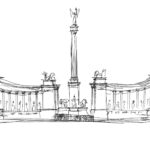


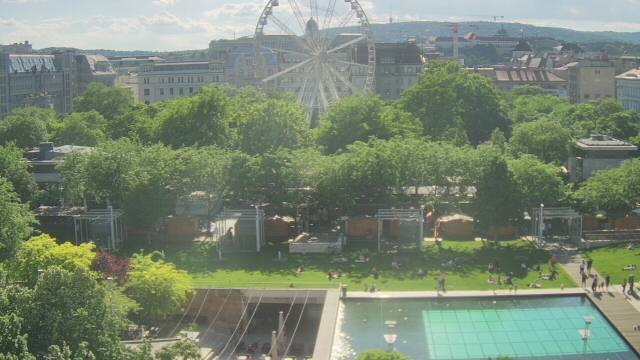
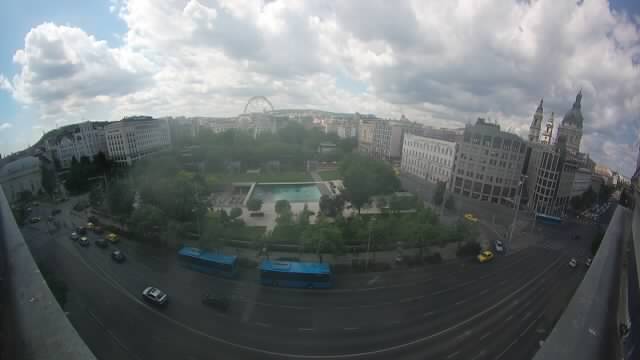
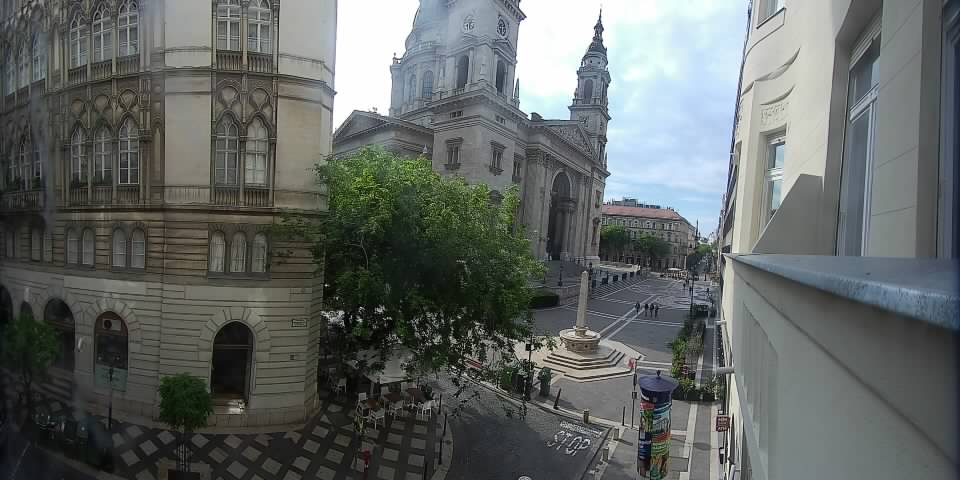

Your experience is important.
Anything you have not found?
Ask a Question
Please log in to write a review.
There is no review yet.